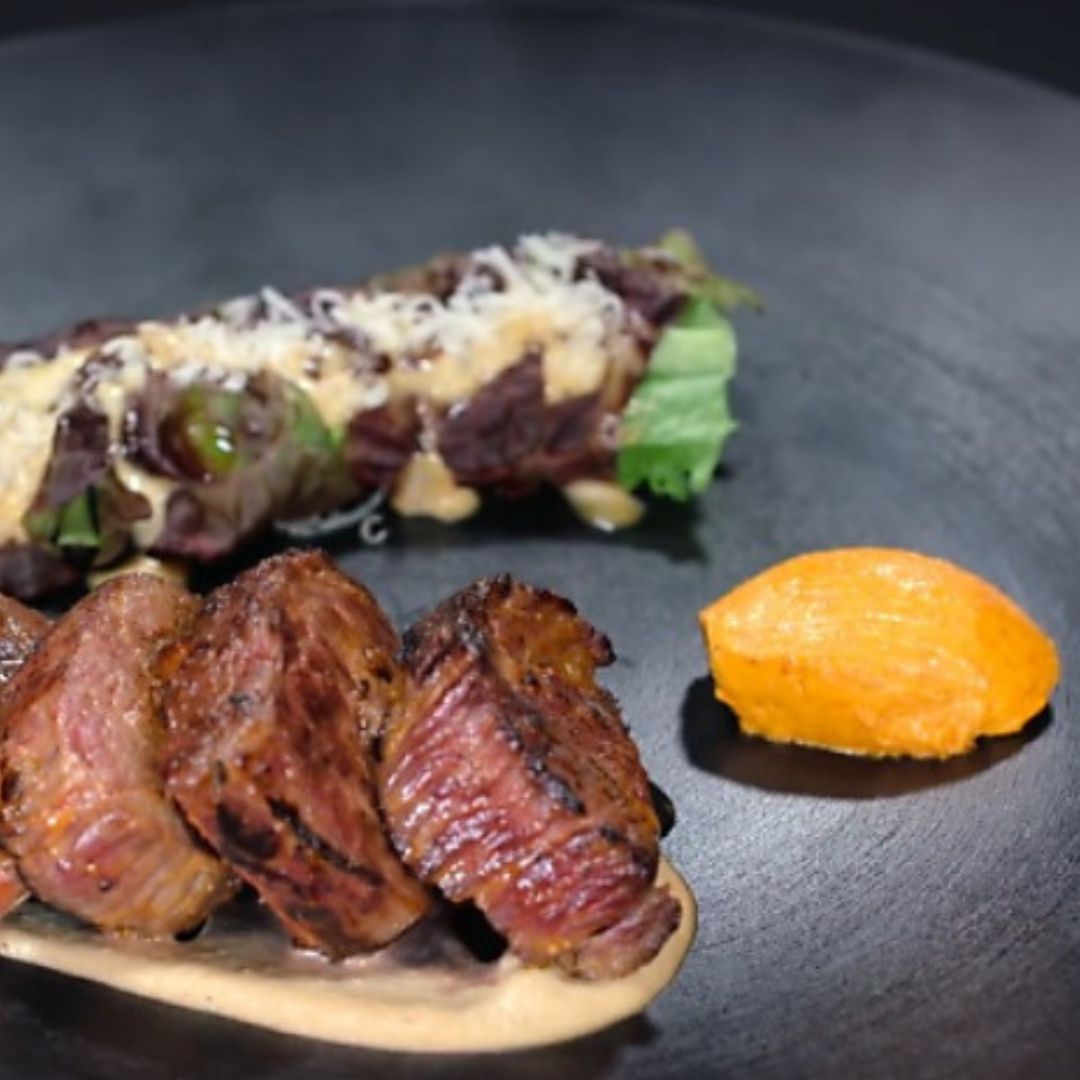"I may have an American name, Edward, but I also have a Korean name, Kyun. So, this dish was made by Kyun."
Table of content

It’s rare to see a contestant make such a lasting impact on a show, but Edward Lee from Netflix’s The Black and White Chef: Culinary Class War is doing just that. Even after the season’s end, he’s left viewers inspired, earning a dedicated following for his creativity and his celebration of Korean-American culture through food.
Who is Edward Lee?
Edward Lee is no stranger to the kitchen. He’s already gained fame on Iron Chef America, even winning it, but his choice to compete on The Black and White Chef was unexpected. Though he could have easily been in a judge’s chair, he came to the show as an “underdog chef,” with humility and respect for his craft, quickly becoming a fan favorite.
Instead of staying safe with his strengths, Lee ventured into the unknown with every challenge, showing a deep love for Korean cuisine and pushing himself to explore what Korean-American food could be. This journey was personal, as he used the show as a way to reconnect with his Korean heritage. “It was a rare chance to reconnect with my roots in a meaningful way,” he said. “I’ve never spent so much time focused on Korean food, culture, and the chef community, and it completely changed my view on Korean cuisine.”

The Soul of Korean-American Cooking
One of Edward Lee’s most memorable creations on the show was his Tuna Bibimbap. “I’m a ‘bibim’ person,” he explained, referencing the Korean concept of “mixing” as seen in bibimbap, a traditional dish of rice with assorted toppings. To him, bibimbap reflects his life and identity as a Korean-American—a blend of cultures that come together in a single, harmonious flavor. “My life is like bibimbap,” he shared, bringing depth and authenticity to his dish.

Edward’s dedication to Korean cuisine shined during the semi-finals, aptly named “Infinite Cooking Hell.” In a challenge requiring chefs to create endless dishes using tofu, Edward presented a lineup of original dishes: pine nut and avocado tofu soup, grilled tofu with scallops, smoked tofu with duck, tofu block gochujang pasta, Kentucky-fried tofu, and yuzu tofu crème brûlée. His creativity and respect for Korean ingredients earned high praise, advancing him to the final.
Edward Lee’s Unforgettable Finale
In the final round, Edward showcased his style and storytelling in a powerful way. Though Korean is his second language, he wrote out descriptions of each dish by hand, adding a personal touch:
"I may have an American name, Edward, but I also have a Korean name, Kyun. So, this dish was made by Kyun. When I eat in Korea, I always get served more than I can finish, especially with tteokbokki (spicy rice cakes). There are always a few pieces left, and I used to think that was wasteful. Now, I see that it’s not waste but rather generosity, love, and sharing. That’s what Korean food is to me. So, I took the idea of leftover tteokbokki and turned it into a dessert."

Bring Edward Lee’s Cooking Home: Gochujang Butter
Edward Lee’s dishes are more than food—they’re a way to share culture and stories. To get a taste of his Korean-inspired cooking, try his gochujang butter recipe. This blend of spicy and savory flavors is perfect for steak or vegetables and brings a little of Lee’s spirit to your table.
Gochujang Butter Recipe

